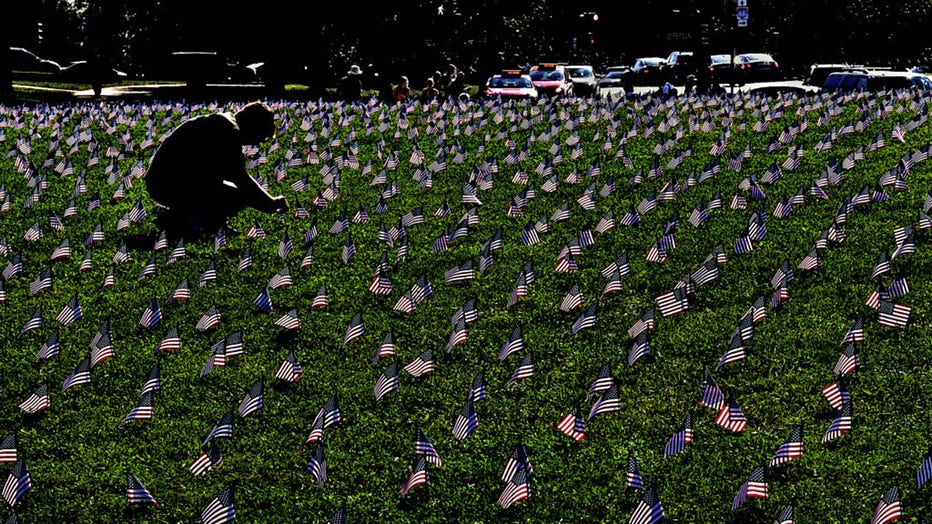More American soldiers are dying by suicide than combat

Raising awareness during Suicide Prevention Month
Dr. Rehman Abdulrehman speaks with LiveNOW's Lexie Petrovic about raising awareness during suicide prevention month.
WASHINGTON - This story discusses suicide. If you or someone you know is having thoughts of suicide, please contact the Suicide and Crisis Lifeline by dialing 988.
More U.S. soldiers are dying of suicide than any other reason, according to an analysis shared recently by health officials with the Department of Defense.
The study, published in May by the DoD’s internal health care system, examined the causes of 2,530 active duty U.S. Army soldier deaths between 2014 and 2019. It found that suicide was the leading cause with 883 reports, followed by 814 accidental deaths.
Deaths from natural causes in the time period were 534, and 94 homicide deaths were reported.
There were a total of 96 Army soldier deaths from combat, according to the report.

FILE - 5,520 American flags planted on a grassy area of the Mall, (14th street NW at Madison Drive NW) to represent a veteran or service member who died by suicide in 2018. (Photo by Michael S. Williamson/The Washington Post via Getty Images)
Gunshot wounds accounted for 65% of the Army's suicide deaths – 538 males and 37 females, according to the study.
"Evaluation of various public health suicide prevention programs and services, and a greater emphasis on firearm storage and safety, may be needed to reduce suicide," the study authors noted.
Military’s efforts to address mental health
In 2022, Defense Secretary Lloyd Austin announced the creation of an independent committee to review the military’s mental health and suicide prevention programs.
According to Defense Department data shared that year, suicides among active-duty service members increased by more than 40% between 2015 and 2020. The numbers jumped by 15% in 2020 alone.
In longtime suicide hotspot postings such as Alaska – service members and their families contend with extreme isolation and a harsh climate – the rate had doubled.
A 2021 study by the Cost of War Project concluded that since 9/11, four times as many service members and veterans have died by suicide as have perished in combat.
The study detailed stress factors particular to military life: "high exposure to trauma — mental, physical, moral, and sexual — stress and burnout, the influence of the military’s hegemonic masculine culture, continued access to guns, and the difficulty of reintegrating into civilian life."
Over the years, Austin has publicly acknowledged that the Pentagon’s mental health offerings — including a Defense Suicide Prevention Office established in 2011 — have proven insufficient.
"It is imperative that we take care of all our teammates and continue to reinforce that mental health and suicide prevention remain a key priority," Austin wrote in March 2022. "Clearly, we have more work to do."
Last September, Austin announced a new strategy to address suicide in the military community, which includes working to improve access to mental health care, addressing the stigma, and offering "funding incentives for safer ways to store firearms."
This story was reported from Cincinnati. The Associated Press contributed.

